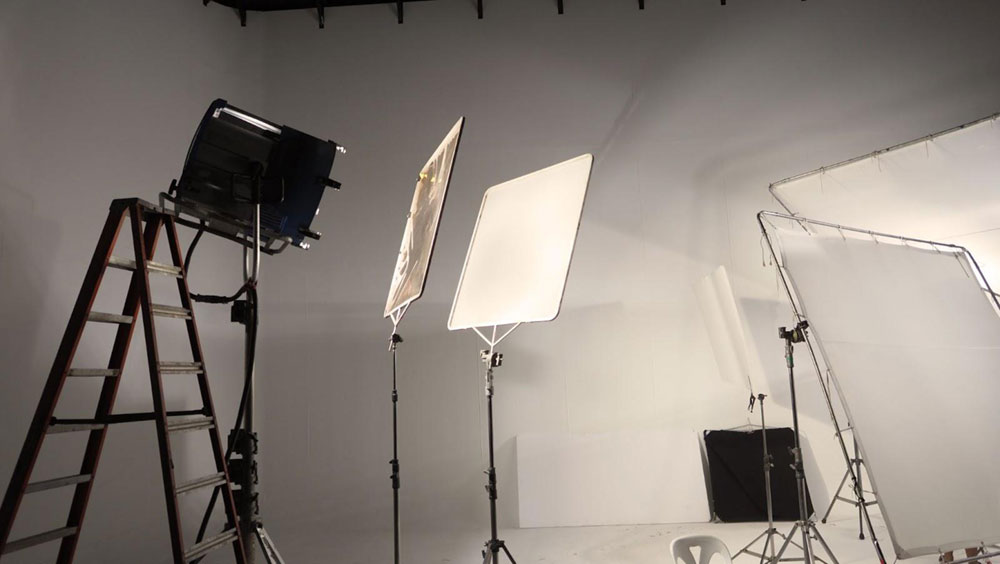What Type of Lighting is Best for Studio Photography?
As a professional photographer, mastering the art of lighting can make or break your studio photography. Understanding what type of lighting is best for studio photography is crucial for creating stunning images that capture your audiences attention.
In studio photography, the right lighting can help you create depth, shape, and mood in your images. Its about knowing how to manipulate light and shadow to bring your vision to life.

The Basics of Studio Lighting
Before diving into specific types of lighting, it is essential to understand some basic concepts. Studio lighting consists of various light sources and modifiers that can be adjusted according to the desired effect. The primary light source is known as the key light, and it establishes the overall exposure and mood.
Key Lighting
The key light is the most significant source of light in your setup. It sets the tone for the entire photograph. In studio photography, you can use either continuous lighting or flash lighting as your key light. Each has its advantages and disadvantages.
Continuous Lighting vs. Flash Lighting
Continuous lighting provides a constant light source, allowing you to see exactly how your light will fall on your subject. On the other hand, flash lighting offers a more powerful burst of light that can freeze motion and create dramatic highlights.
Types of Studio Lighting
There are various types of lighting equipment suitable for studio photography. Understanding these will help you decide what type of lighting is best for studio photography.
1. Softboxes
Softboxes diffuse lighting, reducing harsh shadows and creating a soft light that flatters the subject. They come in different sizes and can be used for portraits or product photography. For more on using softboxes, check out this essential shaping light guide.
2. Umbrellas
Umbrellas are a versatile and portable option. They can either reflect light or transmit it, depending on whether you want soft or hard lighting. This flexibility makes them popular among photographers working in various environments.
3. Ring Lights
Ring lights provide an even light source for portraits, often creating a flattering catch-light in the eyes. They are particularly favored in beauty and fashion photography.
4. Strobe Lights
Strobe lights deliver a powerful burst of light that can illuminate a scene or freeze fast-moving subjects. For an in-depth look at the best strobe lighting options, see this strobe lighting guide.

Lighting Modifiers
Once you have chosen your light sources, using modifiers can further shape and control your light.
Grids and Snoots
Grids and snoots narrow the beam of light, allowing for more precise control over shadows and highlights. This is especially helpful in creating dramatic lighting effects.
Reflectors
Reflectors bounce light back into your scene, filling in shadows and adding depth. They can be especially useful in portraiture to soften features.
Flags
Flags are solid objects placed between the light source and the subject to block light. They help control shadows and can produce stunning dramatic effects.

Choosing the Right Lighting Setup
When deciding what type of lighting is best for studio photography, consider the type of photography you are doing and the mood you wish to convey. For instance, high-key lighting achieves a bright, clean look, while low-key lighting creates depth and drama.

Advanced Lighting Techniques
For more experienced photographers, employing advanced lighting techniques can elevate your work to new heights.
Three-Point Lighting
This classic technique involves using three lights: a key light, fill light, and backlight. It ensures depth and balance in the composition, providing a professional touch to portraits.
High-Key and Low-Key Lighting
Understanding high-key and low-key lighting is essential for establishing mood. High-key lighting is bright and airy, while low-key lighting emphasizes contrast and shadows, creating a more dramatic effect.
Conclusion
In conclusion, determining what type of lighting is best for studio photography requires understanding the fundamentals of light, the tools available, and the techniques that serve your artistic vision. Continually experiment with different setups to find the best approach for your style.
FAQs
1. What is the best lighting for portraits?
The best lighting for portraits often includes softboxes and reflectors to create flattering, even light.
2. How can I create dramatic lighting in my studio?
Using techniques like low-key lighting, strobe lights, and flags can help you achieve dramatic effects.
3. Is it better to use natural light or studio lights?
It depends on your shooting style and the desired outcome. Studio lights offer control, while natural light can create beautiful effects at certain times of the day.
As an Amazon Associate, I earn from qualifying purchases.

